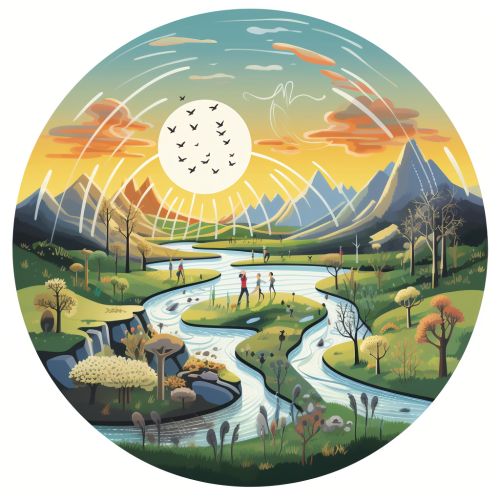Microbial ecology
Introduction
Microbial ecology is the study of microorganisms and their interactions within specific environments or ecosystems. It is an interdisciplinary field that integrates microbiology, ecology, and biology to understand the structure and function of microbial communities. The field has significant implications in areas such as agriculture, health, and climate change.

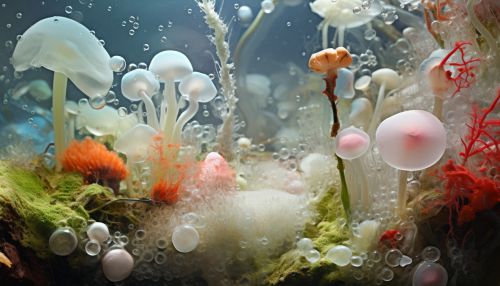
Microorganisms in the Environment
Microorganisms are ubiquitous in the environment, inhabiting diverse habitats such as soil, water, and air, as well as extreme environments like hot springs, deep-sea vents, and polar ice caps. They play crucial roles in various biogeochemical cycles, including the carbon, nitrogen, and sulfur cycles, contributing to the maintenance of the planet's health and stability.
Microbial Interactions
Microorganisms interact with each other and their environment in complex ways. These interactions can be mutualistic, where both organisms benefit, or they can be antagonistic, where one organism benefits at the expense of the other. Understanding these interactions is crucial for predicting how microbial communities respond to changes in their environment.
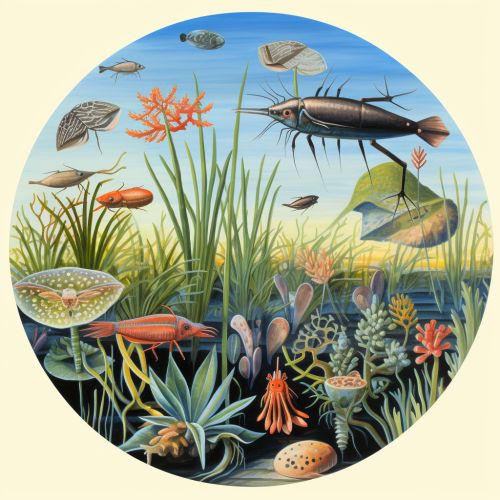

Microbial Community Structure
The structure of a microbial community refers to the diversity and abundance of different microbial species within a given environment. Factors influencing community structure include nutrient availability, pH, temperature, and presence of other organisms. Techniques such as metagenomic sequencing are used to study microbial community structure.
Microbial Functions and Processes
Microorganisms carry out a wide range of functions and processes that are vital for ecosystem functioning. These include decomposition of organic matter, nutrient cycling, and primary production. Some microbes also have unique metabolic capabilities, such as the ability to degrade pollutants or fix atmospheric nitrogen.
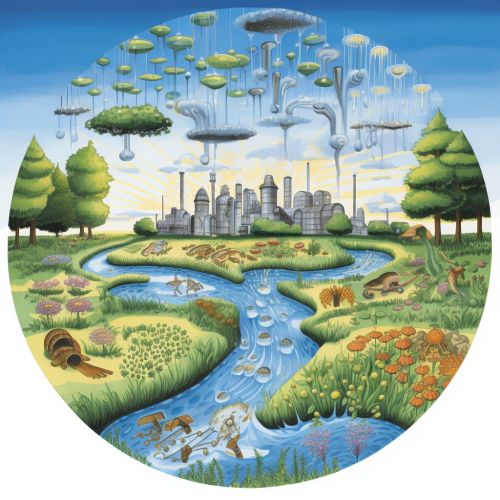
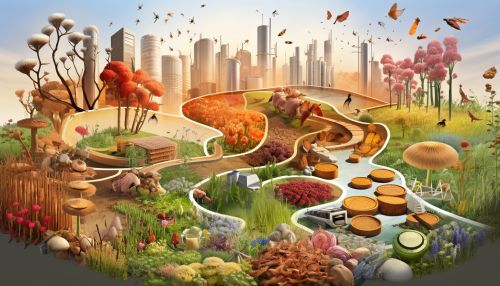
Microbial Ecology and Human Health
Microbial ecology also has implications for human health. The human body hosts a diverse community of microbes, collectively known as the human microbiota, which play a crucial role in maintaining health. Disruptions to the microbiota, known as dysbiosis, can lead to various health problems, including obesity, allergies, and autoimmune diseases.
Microbial Ecology and Climate Change
Microorganisms play a significant role in climate change, both as drivers and responders. They contribute to greenhouse gas emissions through processes such as methanogenesis and denitrification. At the same time, they are also affected by climate change, with potential impacts on their distribution, diversity, and functioning.
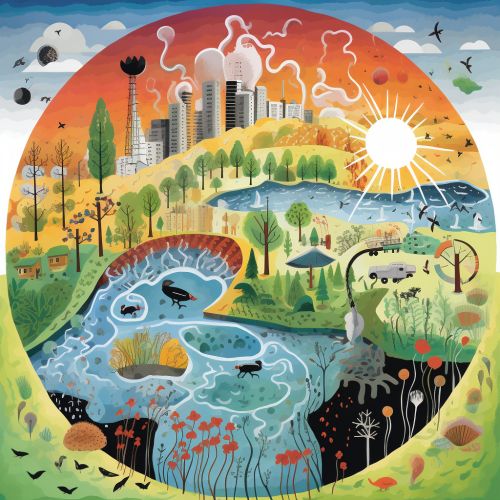
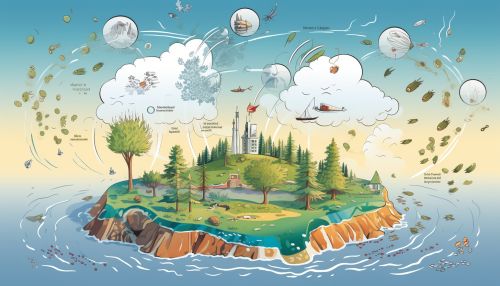
Techniques in Microbial Ecology
Various techniques are used in microbial ecology to study microorganisms and their interactions. These include culture-based methods, microscopy, molecular techniques such as DNA sequencing, and computational methods for data analysis. Each of these techniques has its strengths and limitations, and they are often used in combination to gain a comprehensive understanding of microbial ecology.
Future Directions
The field of microbial ecology continues to evolve with advances in technology and methodology. Future directions include the development of new techniques for studying microbial communities, understanding the role of microorganisms in ecosystem resilience, and applying knowledge of microbial ecology to address global challenges such as climate change and food security.
